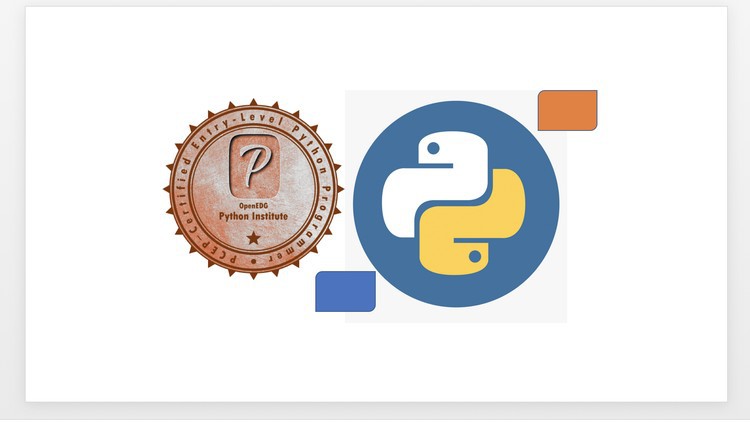
Prepare for PCEP-30-01/PCEP-30-02 with 3 Practice Tests – 180 questions – Get certified for Python in 2022 !
What you will learn
Hands-on practice for python certification
Actual Exam questions
Pass exam in first attempt
Perform all tasks related to certificaiton
Description
PCEP – Certified Entry-Level Python Programmer certification is a professional credential that measures your ability to accomplish coding tasks related to the essentials of programming in the Python language. A test candidate should demonstrate sufficient knowledge of the universal concepts of computer programming, the syntax and semantics of the Python language as well as the skills in resolving typical implementation challenges with the help of the Python Standard Library.
Test you knowledge of universal computer programming concepts like data types, containers, functions, conditions, loops, as well as Python programming language and pass the exam in first attempt.
The test candidate should demonstrate the sufficient knowledge of the following concepts:
1. The fundamentals of computer programming, i.e. how the computer works, how the program is executed, how the programming language is defined and constructed, what the difference is between compilation and interpretation, what Python is, how it is positioned among other programming languages.
2. The basic methods of formatting and outputting data offered by Python, together with the primary kinds of data and numerical operators, their mutual relations and bindings; the concept of variables and variable naming conventions; the assignment operator, the rules governing the building of expressions; the inputting and conversion of data.
3. Boolean values to compare difference values and control the execution paths using the if and if-else instructions; the utilization of loops (while and for) and how to control their behavior using the break and continue instructions; the difference between logical and bitwise operations; the concept of lists and list processing, including the iteration provided by the for loop, and slicing; the idea of multi-dimensional arrays.
4. The defining and using of functions – their rationale, purpose, conventions, and traps; the concept of passing arguments in different ways and setting their default values, along with the mechanisms of returning the function’s results; name scope issues; new data aggregates: tuples and dictionaries, and their role in data processing.
Sign up Today !!
24/7 Instructor Support